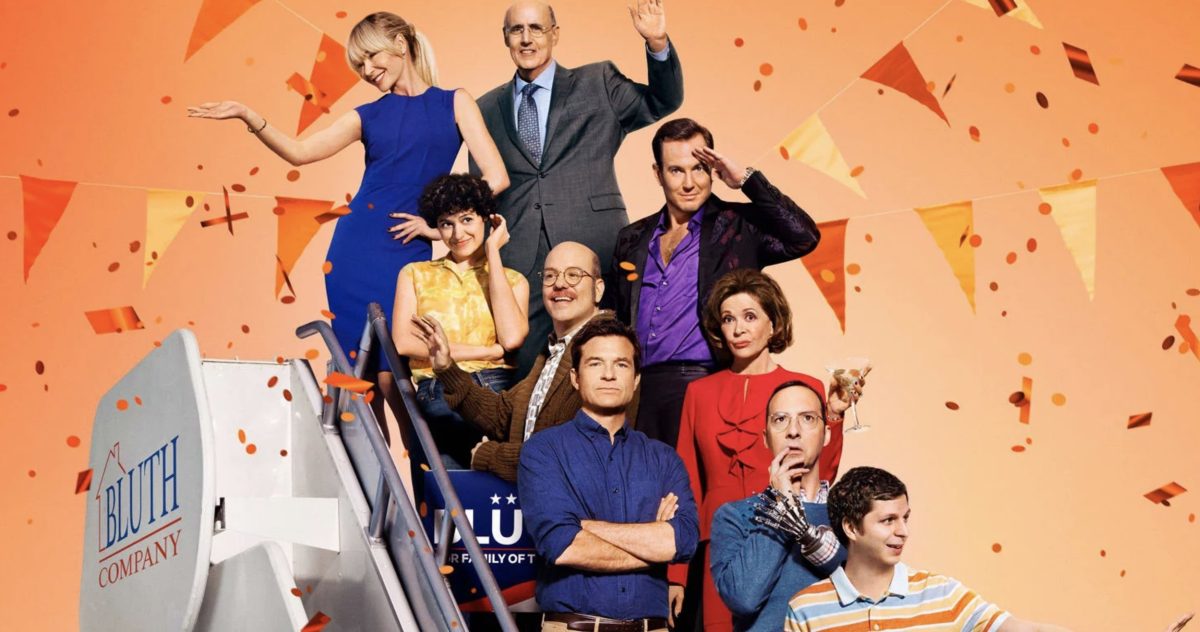Courtesy of Slash Film
Once a cult favorite, “Arrested Development” has become a household name. The show, which originally premiered on Fox in 2003, ran on the cable network for three seasons until its untimely cancellation in 2006.
In its original run, “Arrested Development” won six Emmys and one Golden Globe. Despite all its critical acclaim, the show was not renewed due to low ratings.
Seven years later, Netflix revived the show in the streaming service’s first foray into original content. However, the show was plagued with problems from the start. Despite Netflix having the ability to set its own timeline for the project, the show was unable to reunite all its stars at one time. The result was a fourth season so universally disliked that the showrunners pulled it from its place with the rest of the seasons on Netflix in 2018, replacing it with a recut of the footage that intertwined all the separate Bluth family members’ stories together in a more cohesive way. Despite this, Netflix also released a fifth season of the show, with the first half added to the streaming service last year and the second this past March, and there have been talks of a sixth season.
The thing that made “Arrested Development” a great show in the first place is the same thing that stood in the way of it having a successful years-in-the-making revival: its use of callbacks and running gags. Repeated viewings of the show reveal that “Arrested Development” was setting up jokes for the third season as far back as in season one.
While they may have been harder to spot in televised reruns in 2005, this structure has a huge payoff for viewers watching on streaming services. Given this attention to detail, the writers may have already built the foundation for running jokes in future seasons that we would have seen had they been renewed in 2006.
Instead, in its season four revival, the show had to balance busy actor schedules, explaining the passage of time and getting back into a typical convoluted, play-on-words plot. This creates a massive problem – it no longer feels in character with earlier seasons. While the jump in time was acknowledged, it was not the overarching plot of the season. Trying to balance so many things was jarring and detracted from the humor that “Arrested Development” has proven itself capable of creating.
This callback-driven storytelling works best when it’s either consecutive or logical; glossing over the seven-year passage of time felt like neither. The characters, most notably the ones who played teenagers in the show’s original run, have clearly grown and changed, so jumping right back into the story was confusing.
The same is true for the show’s fifth season, though not to the same degree, since only five years had passed as opposed to seven, and viewers had experienced the jump in time before.
The release of the second half of season five in March of 2019 makes it 16 years since audiences first saw these characters come to life. “Arrested Development” feels like a show that was before its time, given its single-camera filming setup and highly serialized plotlines.
It’s completely understandable why audiences want it to come back and have a chance at success again. However, the show’s own writing and comedy styles work against its chances of doing this well. Each revival has felt forced and at odds with the style of the earlier seasons.
Much like the way Michael and George Michael repeatedly try to say goodbye to the other members of the chaotic Bluth family, each time “Arrested Development” gets an out, the show chooses to ignore it and returns to chaos.







